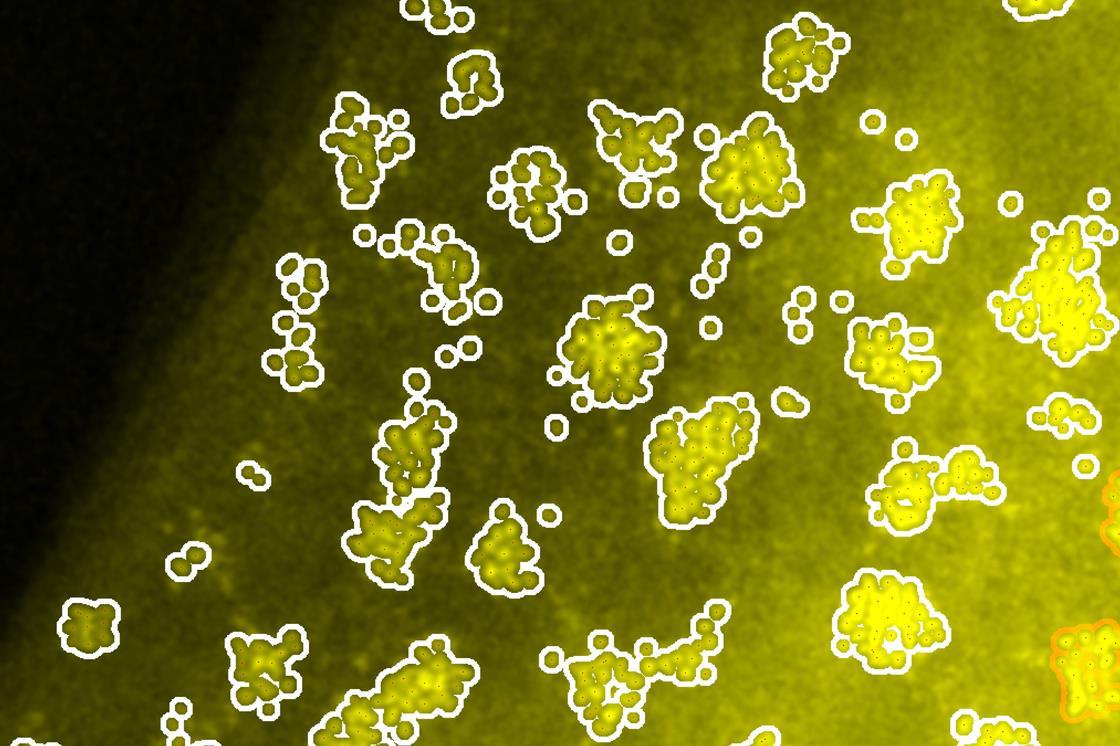Unveiling the Evolution of Ruthenium Catalysts for Ammonia Decomposition
Key Ideas
- Structural changes in a ruthenium catalyst during an ammonia cracking reaction have been revealed through scanning transmission electron microscopy.
- Researchers from the University of Nottingham in the UK explore the potential of ammonia as a carbon-neutral fuel and the effectiveness of ruthenium catalysts.
- By controlling factors like temperature and surface defects, the researchers have designed catalytic centers that enhance the activity of ruthenium catalysts.
- The developed fabrication technique and imaging method could have broader applications in catalysis and nanotechnology according to experts in the field.
A recent study conducted by researchers from the University of Nottingham in the UK has delved into the structural changes of ruthenium catalysts during ammonia decomposition. This research, facilitated by scanning transmission electron microscopy, sheds light on how a ruthenium catalyst evolves to increase its activity during the ammonia cracking reaction. The team's innovative approach involves preparing catalysts using magnetron sputtering, enabling them to control factors such as surface diffusion of metal atoms and surface defects to design catalytic centers with specific characteristics.
The researchers, led by Jesum Alves Fernandes, emphasize the high hydrogen content of ammonia compared to molecular hydrogen, sparking interest in its potential as a carbon-neutral fuel. Their ruthenium-based catalyst has shown promising results in facilitating ammonia decomposition into nitrogen and hydrogen.
Nottingham team member Andrei Khlobystov highlights the advantages of their solvent-free and waste-free fabrication method, making it highly controllable and reproducible for large-scale production. Through sophisticated imaging techniques, like identical location-scanning transmission electron microscopy, the team tracked the evolution of individual ruthenium nanoclusters during ammonia decomposition, revealing internal changes that enhance the catalyst's performance.
Expert feedback from Laura Torrente Murciano of the University of Cambridge underscores the significance of understanding catalyst dynamics at a microscopic level. The researchers' ability to observe and explain the changes that lead to improved catalytic activity is considered remarkable.
Khlobystov and Torrente Murciano suggest that the fabrication and imaging techniques employed in this study could have broader applications in catalysis and nanotechnology. The findings pave the way for the design of more efficient heterogeneous catalysts, offering insights into the development of sustainable energy solutions.
